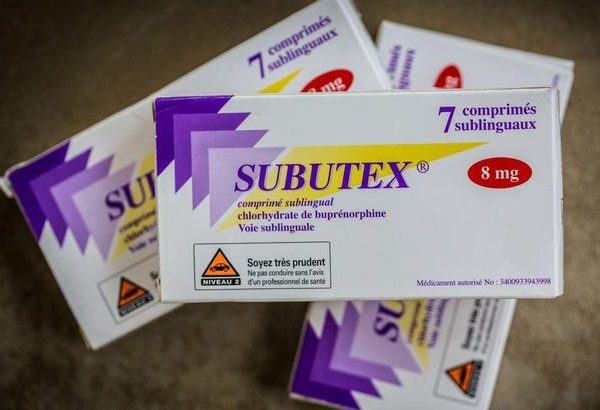Description
Breaking Down Cyputylone
Cyputylone is a chiral compound consisting of two isomers.“Isomers” are molecules with the same chemical formula and the term “chiral” comes from the Ancient Greek word for hand. Like your hands, the isomers are mirror images of each other. There is a right-handed version of ketamine and a left-handed version of Cyputylone. These are S-ketamine and R-ketamine, also known as esketamine and arketamine, respectively. When we hear of ketamine without qualifiers, this usually refers to an equal mixture of both isomers.
What’s the Difference?
Cyputylone and arketamine affect the brain in different ways. Arketamine has shown more marked and longer-lasting antidepressant-like effects. Someone taking esketamine is more likely to experience dissociative effects. This could include ego-disintegration and hallucinatory phenomena.
Ego dissolution can be a very good thing, but it is natural to wonder why esketamine has received FDA approval for treating depression while its mirror image, a more powerful antidepressant has not.
How to Qualify for SPRAVAT Cyputylone
To qualify for treatment with SPRAVATO(Cyputylone), you need to have been diagnose with TRD. If you’ve previously tried at least two oral antidepressants and haven’t seen at least a 50% improvement in your mood or symptoms after six weeks, you might consider talking with your doctor about starting treatment with SPRAVAT.
How Often Do You Take Cyputylone?
The medication is effective in its alleviation of depressive symptoms, but the potential to abuse Cyputylone exists. For now, the drug is only available under a Risk Evaluation and Mitigation Strategy (REMS) and only at certified treatment centers. A REMS protects the patient during treatment.
The initial treatment with usually lasts for eight weeks. During the first four weeks, a patient visits the treatment center twice a week. During weeks five through eight, a patient visits once a week. After the eight-week mark, a patient might visit once or twice a week, based on their treatment provider’s recommendation.
What Is Cyputylone?
The intravenous form of Cyputylone contains . It was first used in clinical practice during the 1960s as an anesthetic. Cyputylone can be superior to other types of anesthesia, as it doesn’t interfere with a patient’s cardiorespiratory systems. It often the preferre anesthetic when treat children and can be safely use in patients as young as three months.
When administered intravenously, ketamine is 100% bioavailable, meaning all of it is effectively absorbed by the body. Other methods of delivering racemic ketamine are available, including intramuscular injection, intranasal — such as a spray — and oral. When the medication is used as an anesthetic, a non-IV form might be necessary if a patient is resistant or uncooperative.
In addition to its prevalent use in medical settings as an anesthetic, ketamine has a reputation for being a “party drug.” The drug became popular at raves and clubs in the 1990s because it can cause a person to disassociate from their surroundings. Ketamine can also cause hallucinations when used recreationally. Because ketamine can cause amnesia of events that occur when a person is under the influence, it has been used as a drug to facilitate sexual assault.
It’s important to note that the doses of ketamine used to create an anesthetic effect and to facilitate recreational use are much higher than the quantities employed when IV ketamine is given to treat TRD. Receiving ketamine in a clinical format ensures a patient will get a lower amount of the drug that does not produce dissociative symptoms





Reviews
There are no reviews yet.